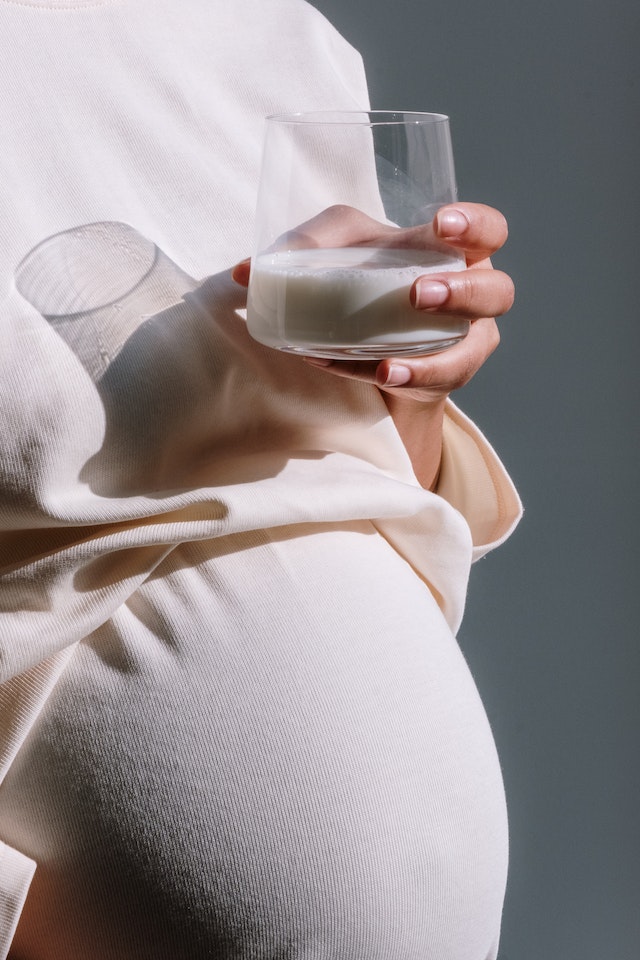Introduction
Water birth is a childbirth method that involves labor and delivery in a warm water pool
or tub.
This alternative birthing option has gained popularity due to its potential benefits for both
the mother and the baby.
In this article, we will explore the pros and cons of water birth, as well as provide essential
information on how to have a water birth at home.
Water Birth Delivery Benefits
1.1. Pain Relief and Relaxation
One of the significant advantages of water birth is the pain relief it offers during labor.
The warm water helps to relax the muscles and provides a soothing effect, which can
reduce the intensity of contractions and ease the mother’s discomfort.
The buoyancy of water also helps to support the weight of the body, allowing for more
comfortable positions and movements.
1.2. Shortened Labor
Studies suggest that water immersion during labor may lead to shorter labor duration.
The relaxation induced by the water can enhance the progress of labor, allowing the
mother to conserve energy and potentially reduce the need for medical interventions.
1.3. Increased Sense of Control
Being in the water during childbirth provides a sense of control and autonomy to the
mother.
The freedom to move and find positions that are most comfortable can enhance the
overall birthing experience and empower the mother throughout the process.
1.4. Enhanced Blood Circulation
The warm water used in water birth promotes vasodilation, leading to improved blood
circulation.
This can result in better oxygenation of the muscles and uterine tissues, potentially
reducing the risk of perineal tearing and minimizing postpartum hemorrhage.
Cons of Water Birth
2.1. Infection Risk
Water birth carries a slight risk of infection, although it is relatively low if proper hygiene
measures are followed.
It is crucial to ensure that the birthing pool or tub is clean and sanitized before use.
Additionally, the water temperature should be monitored and maintained within a safe
range (typically between 37-37.5°C or 98.6-99.5°F) to minimize the risk of bacterial
growth.
2.2. Limited Medical Intervention
While water birth provides a natural and calming environment, it may limit certain medical
interventions that could be necessary during complicated deliveries.
If complications arise, such as fetal distress or the need for instrumental assistance, the
mother may need to be moved out of the water.
How to Do Water Birth
3.1. Consult with a Healthcare Provider
Before opting for a water birth, it is crucial to consult with a qualified healthcare provider,
preferably a midwife or an obstetrician who has experience with water births.
They can assess your medical history and determine if you are a suitable candidate for water birth.
3.2. Choose a Suitable Birthing Pool or Tub
If you decide to have a water birth at home, you will need to choose an appropriate
birthing pool or tub.
Ensure that it is large enough for you to move comfortably and has sturdy construction to
support your weight.
Portable inflatable pools designed specifically for water birth are available for purchase or
rental.
3.3. Maintain Hygiene and Safety
Maintaining a clean and safe environment is paramount during water birth.
Clean and disinfect the birthing pool or tub according to the manufacturer’s instructions.
Use filtered water to fill the pool and monitor the temperature regularly.
3.4. Have a Supportive Birth Team
Having a supportive birth team, including a qualified healthcare professional, a midwife,
or a doula, is essential during water birth.
They can provide guidance, assistance, and emotional support throughout the process.
Conclusion
Water birth offers numerous potential benefits for mothers, including pain relief, relaxation,
and increased control during labor.
However, it is essential to weigh the advantages against the risks and consult with a
healthcare provider to ensure a safe and suitable birthing option for you.
If you decide to have a water birth at home, proper preparation, hygiene, and a supportive
birth team are crucial to ensure a positive and empowering experience.
Remember, every pregnancy is unique, and individual circumstances may influence the











